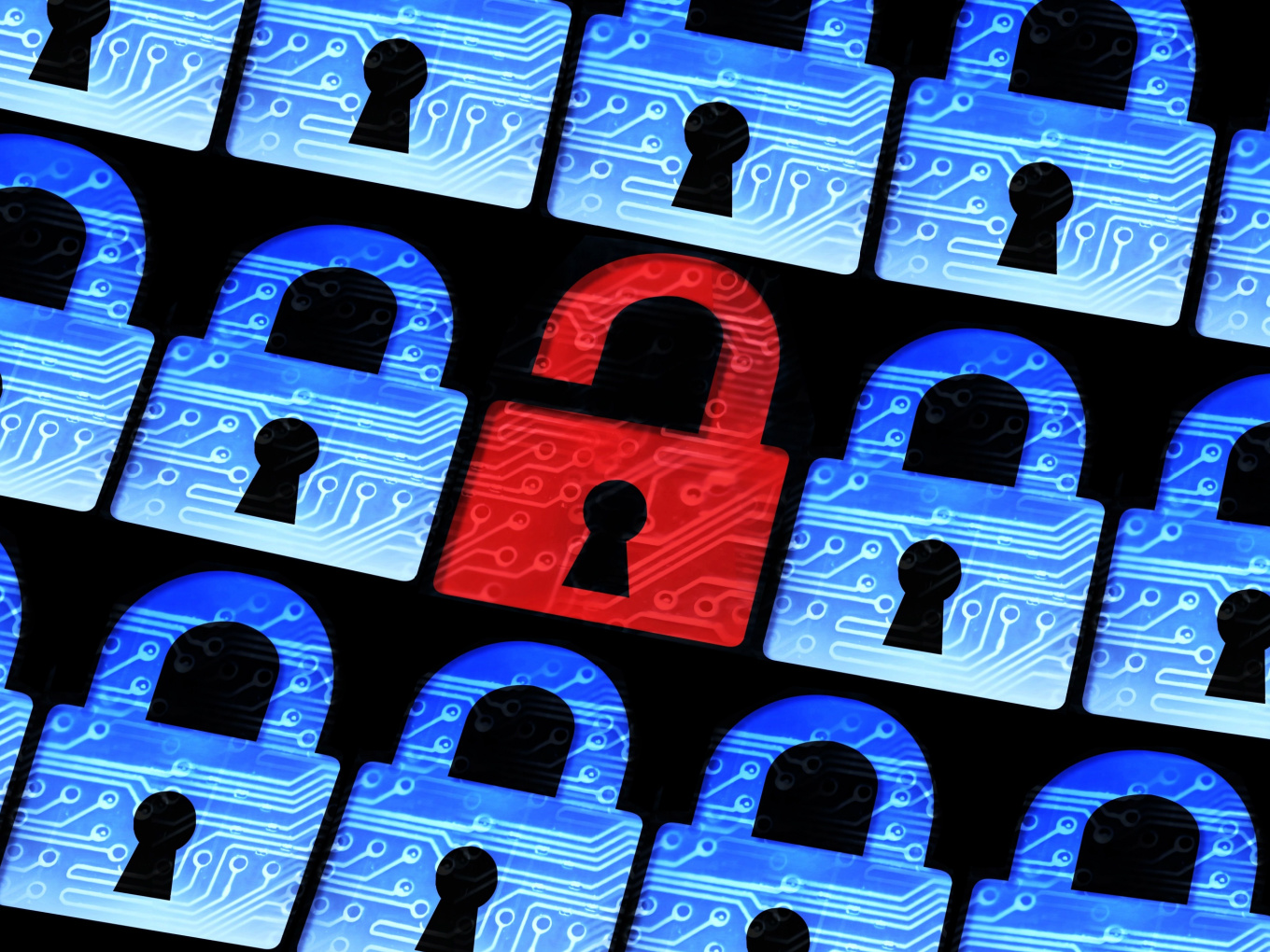Children’s user data was exposed via the Indian social media app Slick.

An internal database holding user personal information, including information on students, was made publicly available on the internet for months by the new Indian social media app Slick. A database of Slick members’ full names, phone numbers, dates of birth, and profile images has been accessible online without a password at least since December 11.
Bengaluru-based Former Unacademy executive Archit Nanda established Slick in November 2022 after switching from cryptocurrency and shutting down his old business CoinMint. His most recent project, Slick, is accessible for both Android and iOS users and functions similarly to the well-known American compliments-based software. Students in high school and college may communicate with and discuss their peers anonymously using the app.
Anurag Sen, a security researcher with CloudDefense.ai, discovered the unsecured database and requested TechCrunch for assistance in alerting the social media firm to the problem. Shortly following Friday’s contact from TechCrunch, Slick protected the database.
The researcher also alerted CERT-In, India’s top cybersecurity organisation, which is also known as the country’s computer emergency response team. TechCrunch received confirmation from Nanda that Slick addressed the vulnerability. If anyone other than Sen discovered the database before it was protected, it is unknown.
Soon after its release in India last year, Slick garnered a large number of younger users. Nanda announced on Twitter earlier this month that the app had surpassed 100,000 downloads.
Indian children are among the youngest to obtain mobile Availability.
According to global research by McAfee Corp., Indian children are among the youngest to develop mobile Availability and have the largest exposure to online risk. McAfee’s Global Connected Family Study surveyed parents and kids in ten nations, including India, to learn how they communicate and stay safe online. The survey found that 83% of Indians aged 10 to 14 reported using a smartphone, which is 7% higher than the global average of 76%.
According to the paper, “this results in increased exposure to internet hazards as there is a considerable security gap between parents and children.” Ninety percent of parents worldwide acknowledge their obligation to protect their children in the real world and online, respectively. According to Sachin Puri, vice president of marketing at McAfee, children in India are among the youngest to develop mobile Availability and report experiencing some of the greatest levels of online threats.
With the use of this information, Puri continued, “we hope to shed light on the precautions that parents can take to protect their children from online hazards including cyberbullying, online identity theft, and financial information breaches.” The survey also focused on conflicts between parents and kids about internet safety as well as a number of common misconceptions regarding online safety. A closer examination of different countries reveals regional variations in parental risk apprehension, gender disparity, and mobile Availability , according to the study.
Technology adoption and integration are expanding at a never-before-seen rate. Digitalization has been a driver of change on the one hand, but it has also led to an uptick in cyberattacks on the other. The majority of businesses are switching to cloud storage solutions. The likelihood of harmful cyber thefts entering space is greatly increased as a result.
India has a growing digital economy, yet data breaches are still associated with it. India is still one of the top five target countries for hackers, according to a survey, and over 8,174,132 breaches were reported there in the first quarter of 2022. Data breaches can occur for a variety of reasons, including the fact that businesses continue to underinvest in data protection and cyber security. It is crucial to comprehend how implementing generic cybersecurity programmers affects the organization’s assets holistically as it has become more and more popular in recent years.
What is a data leak?
Data breaches are one of the most frequent cyber attacks, albeit they can take many different forms. Data breaches are far more than just momentary fright; they may actually have major negative effects on businesses and their clients. Hackers may access anybody, online or offline, via their internet connection, Bluetooth gadgets, or any other online services they may be utilizing.
A data breach makes private, protected information accessible to unauthorised users. Without the consumers’ or organisations’ permission, the information is disseminated. Data breaches may affect anybody, from small businesses to major corporations and even governmental organisations. Even though these companies set aside money for cybersecurity measures, hackers are growing more skilled at carrying out such assaults.
Protecting against data breaches
To defend their operations from cybersecurity risks, all businesses must have robust data protection and security plans in place. Recognizing that human error contributes significantly to data breach occurrences is essential. A study found that malicious attacks account for only about half (52%) of data breaches. For instance, a member of the IT team or an individual may have placed private information in a public or unsecured area where it may be accessed by hackers.
Self-education is the first step in data breach prevention. Importantly, users need to develop complicated, strong passwords that are hard for anyone to guess or crack. Additionally, it is crucial to change the passwords for any accounts connected to a firm if you have recently dealt with it or joined up with it.
Multi-factor authentication is a must for technology-driven enterprises who want to increase security. Users must also engage in responsible online behavior by using multi-factor authentication and safeguarding their sensitive information.
Identity theft occurs in around 65% of data breaches globally. Instances of this kind frequently include tampering with bank and credit accounts. In order to prevent data breaches, users must set up fraud alerts and lock down their bank accounts once they see any strange behavior.
There is no such thing as perfect security, despite the fact that investing in cyber security programmes may greatly benefit both businesses and people. Organizations and users alike must exercise responsibility when it comes to data security and protection. Nothing more than educating people about cyberspace will better protect them from the hazards and risks related to data breaches, which are always changing.
edited and proofread by nikita sharma




